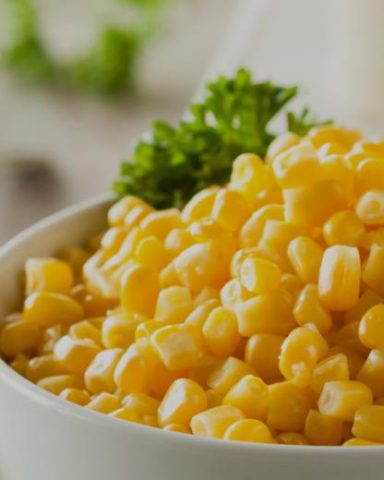Corn is one of the most important cereals in the world due to its participation in a variety of preparations for the diet. We celebrate 197 years of the Annexation of the Nicoya Party to Costa Rica, currently known as Guanacaste and an exponent of Mesoamerica in Costa Rica.
It can be said that this annexation not only brought us a greater territorial extension, and one of the great favorite escapes of Costa Ricans for its beautiful beaches and spectacular landscapes, it also contributed and contributes day after day, its culinary and gastronomic culture with the invaluable contribution and influence of corn, since it is a very nutritionally complete food, with many vitamins and minerals that favor our metabolism.
Corn is of pre-Hispanic origin. It has been the basis of the diet of the Latin American population, which together with wheat and rice are the most important cereals in the world due to their participation in a variety of preparations for the diet. It is also considered the cereal with the greatest ancestral tradition.
Talking about the tanelas, the handmade tortillas, the chorreadas, the revolt with cheese, the grilled tamale, the totoposte, and the bathed donuts, in short, is the example that Guanacaste gastronomy is a banner of their culture.
As they are corn-based foods that should meet the energy needs of field workers, the sabaneros and their intense physical activity and high temperatures typical of the pampas, thus have high nutritional value.
Properties of this grain

Corn has multiple properties and health benefits, among the most noteworthy we can mention that it is an antioxidant, since it fights free radicals and cellular aging, has a satiating effect since it is rich in fiber and complex carbohydrates, helping to control our appetite, also takes care of our cardiovascular health, since it contains vitamin B1 (thiamine) decreasing homocysteine (aamino acid that originates in the metabolism of methionine contained in dietary proteins) and, therefore, also reduces the risk of having a cardiovascular attack.
Its contribution of folic acid makes it suitable for brain function. Likewise, it is a food indicated for pregnant women, and in lactation stages, because it helps in the growth of tissues and in cellular work, also to produce DNA, the fundamental pillar of the human body, which carries genetic information, it also helps to the formation of red blood cells (preventing anemia).
High nutritional value
With regard to its nutritional value, it varies according to the degree of maturity of the grain and its parts; the more mature or drier the grain, the lower the percentage of water and the higher the concentration of nutrients. The part that covers the grain or skin is high in fiber, while the endosperm is rich in starch (72-73% of the weight of the grain).
Corn contains 8-11% protein concentrated in the endosperm and germ. It should be noted that it is deficient in the amino acids lysine and tryptophan, hence the importance of its combination with beans. The germ is rich in polyunsaturated fatty acids -among them linoleic acid- and the cereal is rich in vitamin A and E.
Diets rich in fiber from foods such as cereals, nuts, fruits and vegetables have a positive effect on health, since their consumption has been related to the decrease in the incidence of various diseases such as cardiovascular diseases, reduction in cholesterol levels and triglycerides, some types of cancer, diabetes, and also hypertension. Corn does not have gluten in its composition; it is ideal for people with celiac disease to consume it (gluten intolerant).
Nutrient-packed recipe
Tortillas with beans are an ideal mix to increase protein value when consumed simultaneously. The corn in the tortillas provides the carbohydrates and through nixtamalization (the process of cooking corn with water and lime, in order to obtain the nixtamal that gives life to the tortilla dough), making it a food easier to digest, and making the calcium is more bioavailable for better absorption and use of its properties.
Meanwhile, it is considered one of the main sources of non-animal protein. It is also a good source of fiber and carbohydrates. In addition, it has a low glycemic index (measured by foods that contain carbohydrates raise glucose in the blood), so glucose concentrations will enter our body in a slower way, avoiding the accelerated increase of glucose in the blood.

